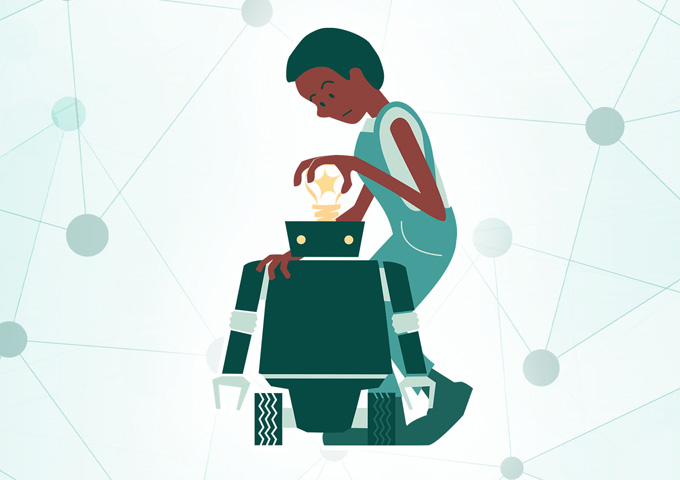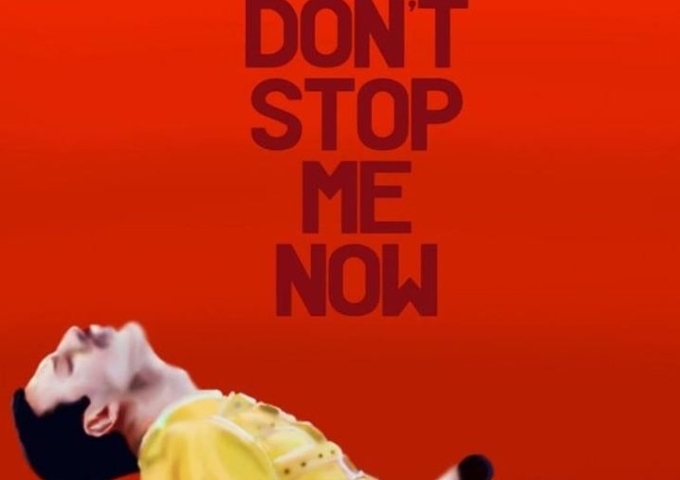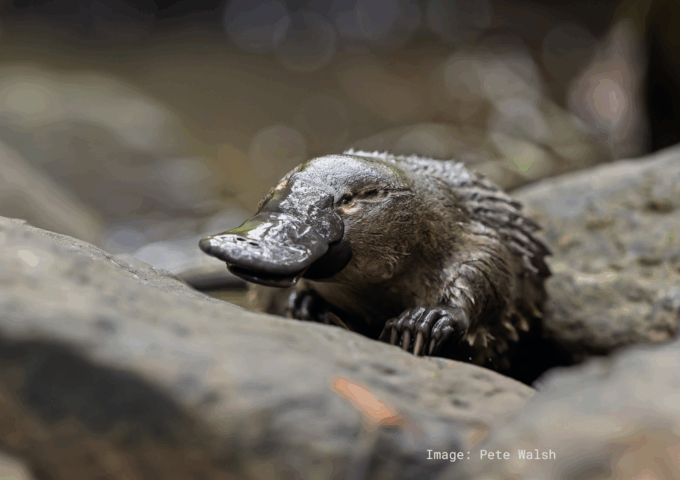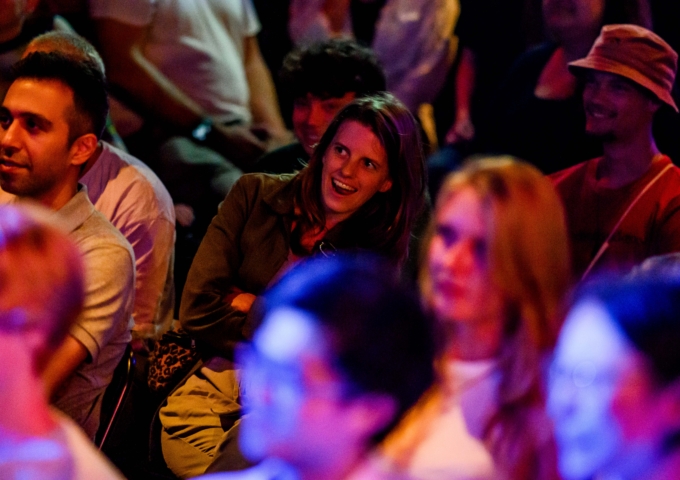
When you look at this image, who do you see?
Perhaps it’s a scientist you know, or a friend or family member. Maybe you even see yourself—or perhaps it’s you in the future?
The Science Activity Characters launched in the lead-up to National Science Week 2018 show people enjoying a range of science-related activities. To celebrate National Science Week 2019, the Australian Academy of Science has worked with the Science Week team to bring some of these diverse characters to life with real stories of Australian science from researchers who are leaders in their fields.
What can we learn about building better drones from studying the birds and the bees? Professor Mandyam Veerambudi Srinivasan was driven by curiosity to understand how birds and bees find their way through the world. Developing better drones—like the one hovering above our first character—is just one of the outcomes of his research.
Our second character wears a virtual reality (VR) headset and waves at a virtual dinosaur. This isn’t too far from the reality of Professor Kerrie Mengersen, who builds VR environments to help save species in decline, from the Amazon jungle to the depths of the Great Barrier Reef. How did a love of statistics lead her there?
Our future is full of machines that can think and make decisions. How do we make sure they’re helping society, rather than harming us? Unpacking these ethical conundrums is something researchers like Professor Toby Walsh are working towards—and perhaps our third character is puzzling over the implications, too.
Explore some of the science happening in your own backyard and see some of the places that science can take you. If you’re studying or working in a STEM-related field, join the conversation by sharing a selfie of your lab, research site, classroom or office on social media with the hashtag #ScienceWeek, as well as #STEMGotMeHere or #ThisIsMyLab.
Join the Academy to celebrate the depth and diversity of STEM and share stories of Australian science this National Science Week. Who inspires you?
Guest blog post by the Australian Academy of Science.






